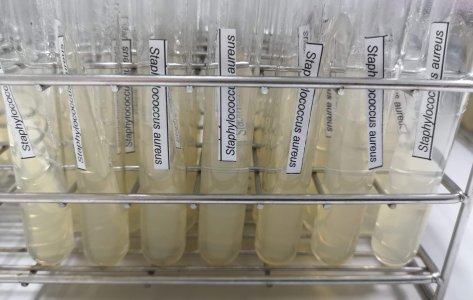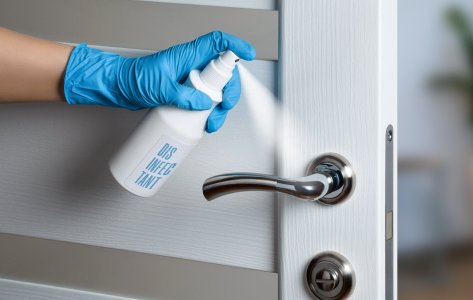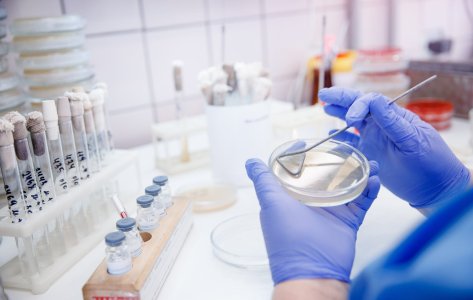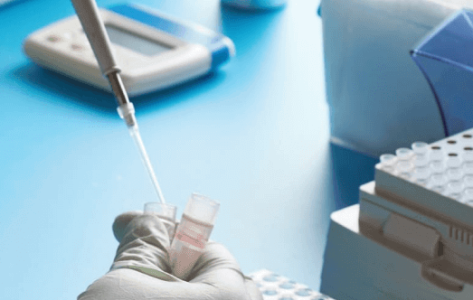- Swiss testing laboratory
USP 1111

Hassle-free testing experience
Need to get a product tested? No worries! To and fro logistics are on us; we collect your products, test them and, deliver them back to you.
Related tests for you
Quick understanding of the test
USP 1111 - Microbiological Examination of Non sterile products
The USP 1111 outlines the microbiological examination and acceptance criteria for nonsterile pharmaceutical products.
- Provides clear criteria for quality control in manufacturing and distribution.
- Supports compliance with pharmacopeial and GMP guidelines.
Do you have a product that needs testing?
Abstract
USP 1111 provides crucial guidelines to guarantee the microbiological safety of non-sterile
pharmaceutical products. It defines specific limits for acceptable microbial levels to ensure they do not reduce the therapeutic effectiveness of the product or adversely affect patient health. The document details specific acceptance criteria based on the total aerobic microbial count (TAMC) and the total combined yeasts and molds count (TYMC).
Microbial enumeration of nonsterile medical products is conducted through following the methods – Microbial Enumeration Tests (USP 61) and Tests for Specified Microorganisms (USP 62). USP 61 gives estimation of total aerobic microbial count (TAMC) and the total combined yeasts and molds count (TYMC) in given tested products. While, USP 62 helps to determine the presence of specified microorganisms in non-sterile products.
The values for acceptance criteria for TAMC and TYMC are provided in Table 1 and Table 2, respectively. Acceptable count values are interpreted as –
10 1 cfu: maximum acceptable count = 20
10 2 cfu: maximum acceptable count = 200
10 3 cfu: maximum acceptable count = 2000; and so forth.
Compliance with these given microbial limits helps to maintain product safety, stability, and efficacy.
USP 1111 – Acceptance Criteria for Non-Sterile Pharmaceutical Products
Table 1 : Acceptance Criteria for Microbiological Quality of Nonsterile Dosage Forms
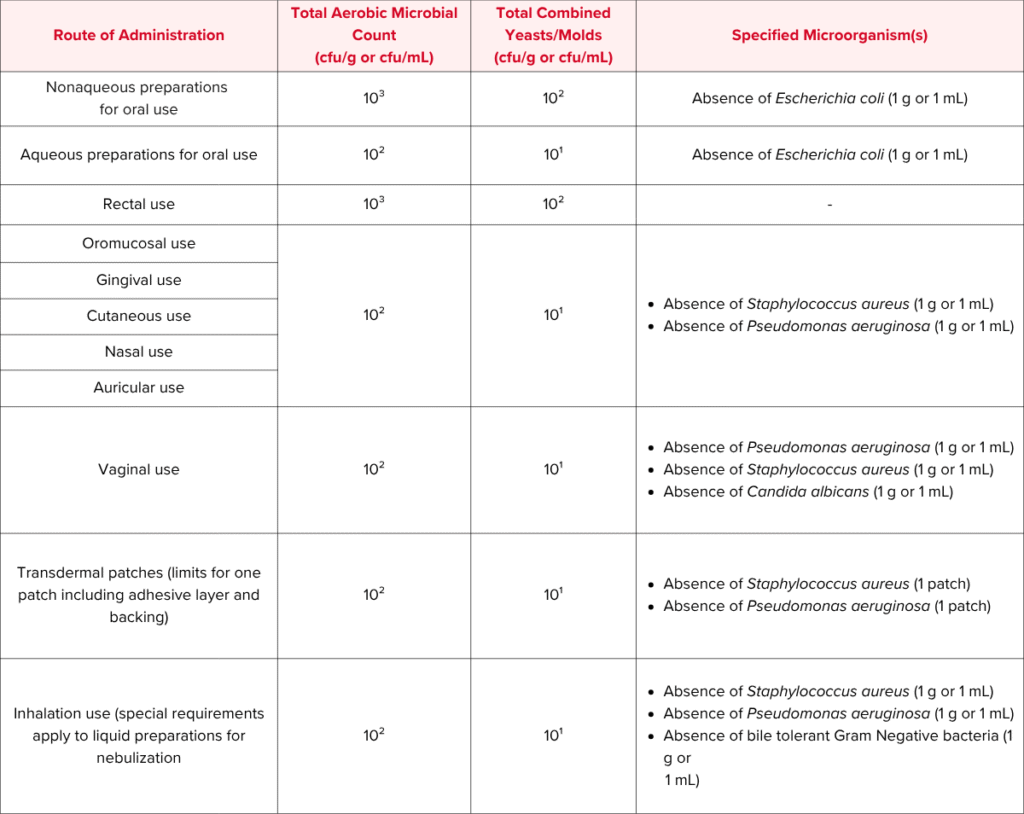
Table 2. Acceptance Criteria for Microbiological Quality of Nonsterile Substances

Importance of USP 1111
Safety Assurance: By setting specific microbial limits for nonsterile pharmaceuticals, USP 1111 helps ensure that these products are safe for consumer use. The presence of excessive microorganisms can compromise product safety and effectiveness, potentially leading to adverse health effects.
Quality Control: By setting specific acceptance criteria, USP 1111 helps manufacturers maintain consistent quality in their products. It ensures that the microbial bioburden is kept at a low level, which is essential for the stability and efficacy of the product.
Regulatory Compliance: Adhering to USP 1111 is mandatory for pharmaceutical manufacturers to meet regulatory requirements. Compliance helps avoid legal issues and product recalls, which can be costly and damage a company’s reputation.
Risk Mitigation: By implementing the standards set forth in USP 1111, manufacturers can significantly reduce the risk of contamination. This proactive approach is beneficial for preventing complications associated with microbial contamination, such as infections or product inefficacy.
Conclusion
At MIS, we offer an extensive portfolio of USP testing services globally. Our testing capabilities include USP 61, USP 62, and USP 60. With our extensive expertise in the field of microbiology, we are committed to delivering accurate and reliable results for each test conducted.
We specialize in offering customized testing services tailored to specific needs of clients. Our microbiology experts meticulously design protocols that align with your requirements and USP guidelines.
Need any assistance with USP testing services, contact our experts here.
Frequently Asked Questions

DR. Martinoz Scholtz
USP 1111 outlines the acceptance criteria for nonsterile pharmaceutical products through microbial enumeration tests.
USP 1111 test is applicable for non-sterile products such as topical products, inhalation products, parenteral products, eye and ear preparations, etc.
This test is crucial in pharmaceutical manufacturing as it ensures the microbiological safety and quality of non-sterile products, protecting patient health and maintaining compliance with regulatory standards.
Regulatory bodies like the FDA, EMA, and WHO recognize USP 1111 standards for ensuring pharmaceutical product safety and quality.
Meet the best of the blend of
R&D, Efficacy Testing,
Innovation and Passionate
Experts at MIS.





Explore More
Did you know there are
Antibacterial testing of disinfectants plays
Antimicrobial testing is important to
Antibacterial efficacy testing is an
Let’s face it, we are
